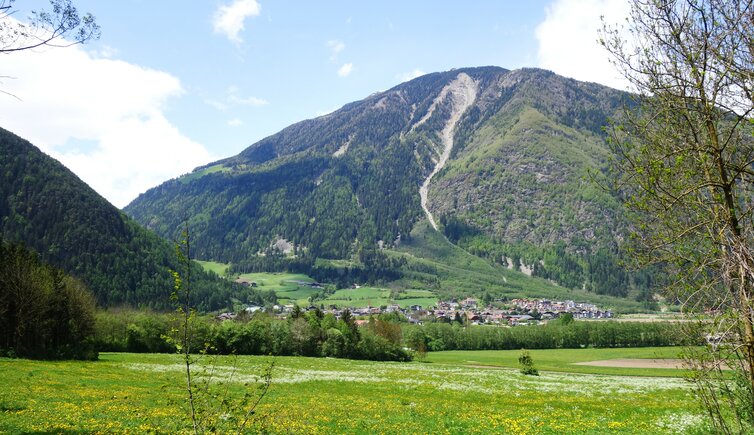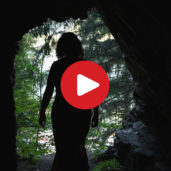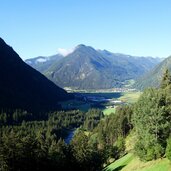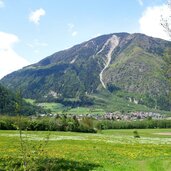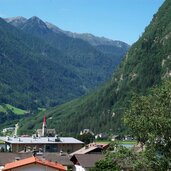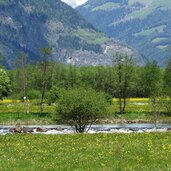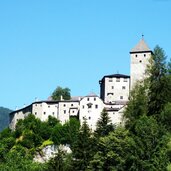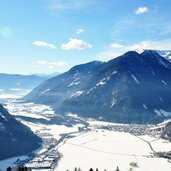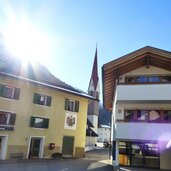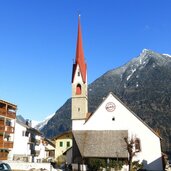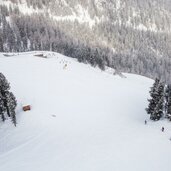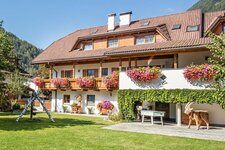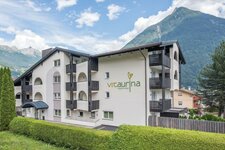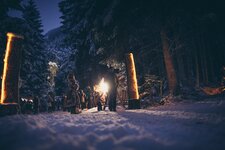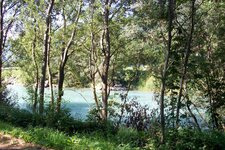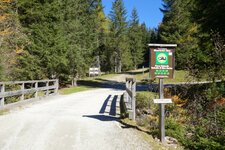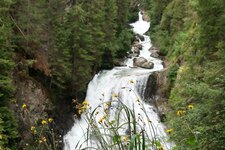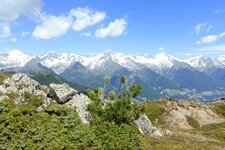Corn mills once defined the landscape - today you can join the celebrations at the village fair and the “Kothreine Morscht” market
The road through the Valli di Tures and Aurina leads up the valley, reaching the first houses of Molini di Tures (Mühlen in Taufers) in the wide valley basin. After this, the valley narrows. It is the first village in the municipality of Campo Tures. The Valle di Selva dei Molini branches off from here, a place also known as the "Valley of Water" for its two reservoirs and the Water Museum.
The village name probably derives from the corn mills that once defined the landscape, where wheat, rye and barley were the main grains to be ground. Today, Molini di Tures is a small holiday village and a good starting point for trips to the Vedrette di Ries-Aurina Nature Park, the Riva Waterfalls and cultural destinations such as Tures Castle. Further up the valley, you will also find the Maranatha Nativity Scene Museum and two of four South Tyrol Museums of Mining.
Interesting sights in the village include historic buildings like the Gothic Zehenterhof farm and the parish church, which combines the Churches of St. Catherine and St. Florian into a single double church. Against the backdrop of the Zillertal Alps, which frame the Valli di Tures and Aurina with 80 three-thousand-metre peaks, and with three skiing areas nearby - Speikboden, Klausberg, and Plan de Corones - Molini is a vibrant village. A mysterious place to visit is the nearby gorge.
It lies just outside the village and conceals several "Antrische Löcher" (a dialect term where "antrisch" means eerie and Loch is hole) - thought to be former exploratory tunnels - and what are known as "Götzen" (idols). The locals also know how to celebrate, for instance at the "Millina Kirschta", the village fair, and the "Kothreine Morscht", the annual market held on St. Catherine's Day at the end of November. It is part of the popular Advent in Tures Taufers.
